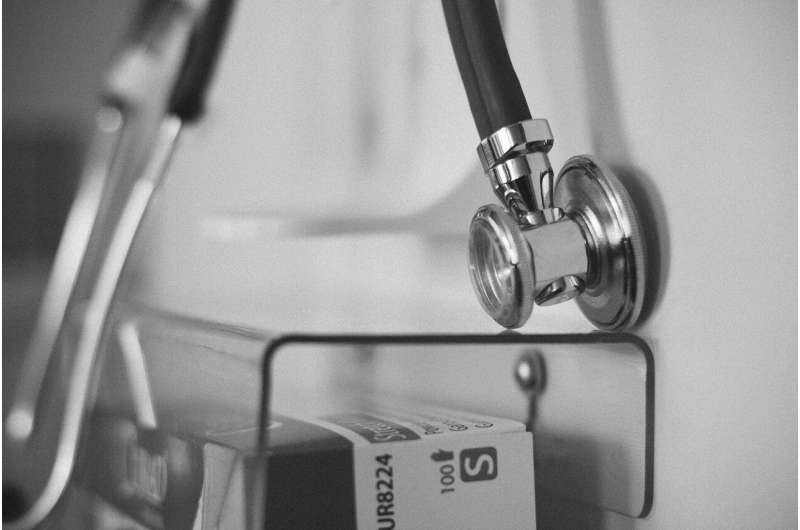Study describes variation across hospitals in spontaneous vaginal birth rates

Women want to have a good birth, in which both they and the baby are healthy and happy at the end. For most women, the optimal birth outcome is a spontaneous vaginal birth (SVB), one without forceps or a vacuum. Some women may be surprised to learn that the hospital where they give birth has a significant effect on the kind of birth they will have. In a new study of nearly 500 hospitals in four states in 2016, Eileen Lake and I find that SVB rates vary widely, even for women at low risk for cesarean section. Let's take a closer look at these results and what it tells us about hospital deliveries.
We used hospital discharge abstracts from California, Pennsylvania, New Jersey, and Florida, states with 22% of U.S. births in 2016 (n = 869,681). Overall, the average SVB rate was 61.1%, which varied from 16.8% to 79.9% by hospital; for low-risk women (defined as having a single, at-term, head down fetus), the average SVB rate was 78%, which varied from 34.6% to 93.3% by hospital.
The variation in overall and low-risk SVB rates cut across all hospital characteristics. For example, hospitals where less than 60% of low-risk women had an SVB were found in all four states, in both rural and metropolitan areas, and among all bed size and birth volume categories. At the other end of the spectrum, hospitals where more than 90% of low-risk women had an SVB, were also found across all areas and hospital categories.
These findings suggest that poor maternal outcomes are found where excellence would be expected due to plentiful resources. They also suggest that excellent maternal outcomes are possible in all hospital settings.
For low-risk women without prior births, HealthyPeople 2020 set a national objective of reducing the cesarean rate to 24.7%. To our knowledge, this is the first study to show that a hospital SVB rate over 90% is possible, indicating that a hospital cesarean rate of 10%, well below the HealthyPeople 2020 goal, is attainable. In fact, three in 10 hospitals in our study had a low-risk SVB rate of at least 90%.
SVB is the optimal birth outcome for most mothers and babies. Indeed, having an SVB, compared with having a cesarean, is associated with better short- and long-term outcomes for women, including less postpartum pain, decreased odds of postpartum hemorrhage, increased rates of breastfeeding, and a lower risk of placental anomalies in future pregnancies. Newborns delivered by an SVB have better short- and long-term outcomes, including decreased respiratory problems immediately after birth, an optimal microbiome, and a lower risk of chronic diseases such as asthma or Crohn's.
Our study is the first to assess hospital SVB rates rather than their corollary, cesarean rates. This is important for further work on interventions, because quality improvement initiatives that focus on encouraging SVBs may target different factors from those that focus on decreasing the cesarean birth rate.
Further work is needed to identify modifiable hospital factors influencing the wide variation in SVB rates, and to implement and test hospital-level changes that will result in improved birth outcomes for women and newborns.
More information: Rebecca R. S. Clark et al. Spontaneous vaginal birth varies significantly across US hospitals, Birth (2020). DOI: 10.1111/birt.12508



















